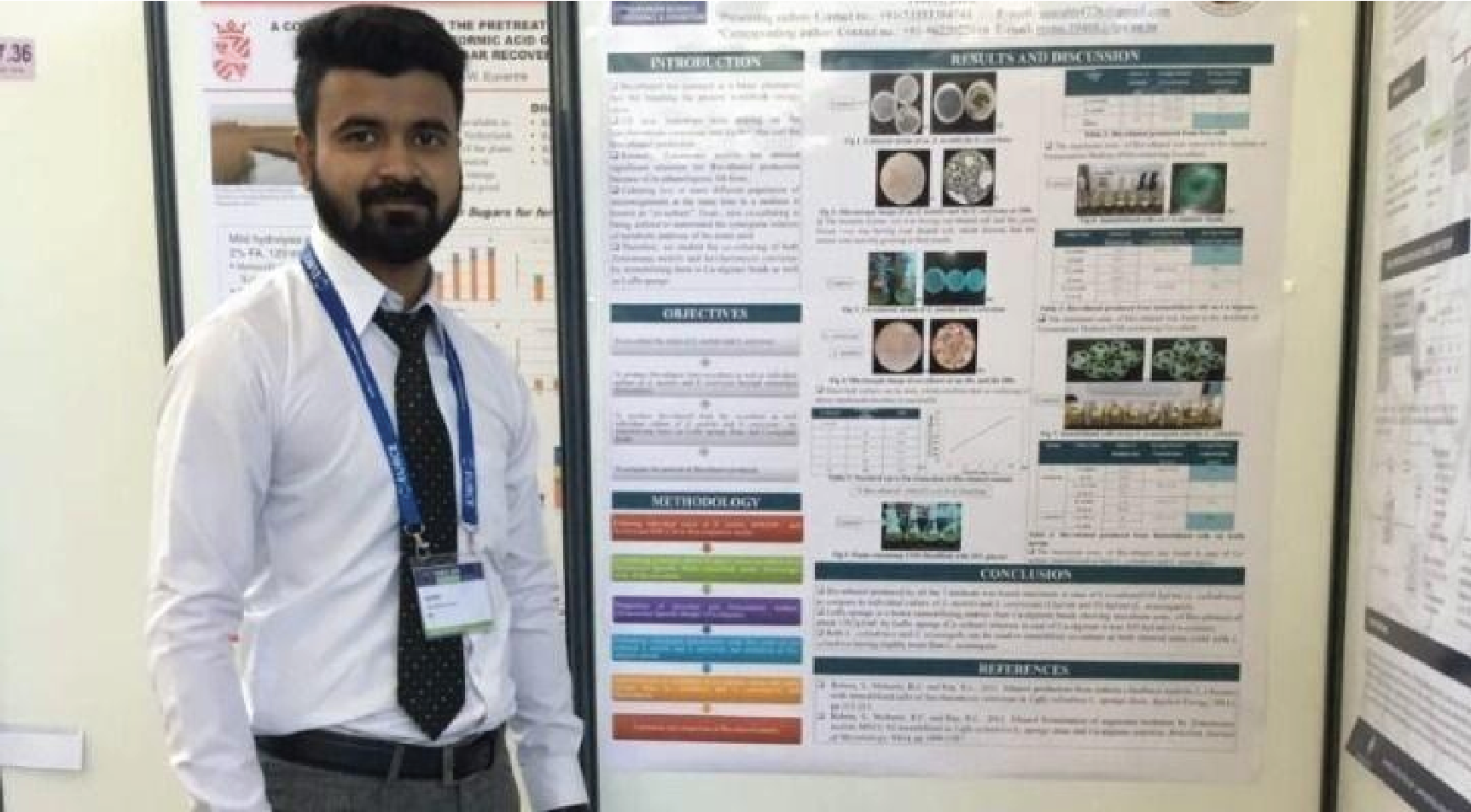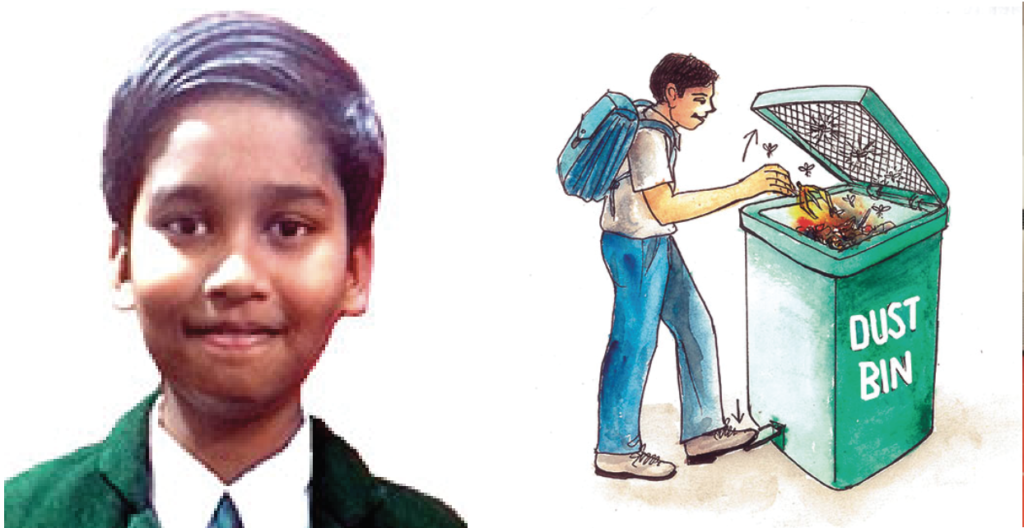Prachi Desai pleads for an approach that focuses on design, technological feasibility and a smart business and marketing strategy to create an end-product that will be accepted by the users for its customer value.
There are several requirements for a successful invention. It requires genius, hard work, creativity, perseverance and most importantly, a good design. Innovation drives the world and design drives innovation. Design ensures that the product or device being invented solves the simple and complex problems for the benefit of the individual or the group of people to benefit from the invention. A good design also improves the efficiency of the product. Design also makes a product useful for the real world by ensuring feasibility and practicality.
Innovators and inventors design products and appliances to address the requirements of the end-user. An idea, however smart, is of no use till it solves the problem at hand or has a practical use. A new design is successful only when it has value, usefulness, ease of use and market presence. Technology or idea alone cannot assure a good and useful invention. An approach that focuses on design, technological feasibility and a smart business and marketing strategy is what creates an end-product that will be accepted by the users and has customer value.
Innovative designs for household items
There are many brilliant minds in India with innovative ideas and have managed to implement them into reality with realistic and useful designs. Like Odisha-based Tanmay Sethi who designed an Insect-Killing Dustbin. The dustbin has a bug zapper attached to the top of the dustbin to trap and kill all the insects immediately. This keeps the area clean and prevents the spread of germs and diseases.
The sight of his mother getting tired cleaning the house made Arman Gupta restless. He decided to design a remote-controlled cleaning machine that mops and dries a surface on its own. A robotics enthusiast, Arman developed keen interest in the field at a young age. The portable machine he made has detachable sponges and can be used to clean different kinds of surfaces.
Bihar’s Sidhant Kumar wanted to do something to ensure stored water stays clean. He had been seeing how difficult it was to get water and, once stored, to ensure it remained clean. He built an easy cleaning water tank that is designed in a manner that the impurities and the insoluble particles are automatically cleaned. When water is stored in a tank over time the dirt gets settled at the bottom of the tank and it becomes difficult to remove the deposited dirt or to clean the tank. The tank that Sidhant designed has a slope at the base of the tank leading to an outlet. This makes cleaning easy and the dirt can be washed away swiftly and smoothly whenever needed.
Designing for sustainable energy production
A student of Lovely Professional University in Punjab, Saurabh Kumar designed a way to mass-produce bioethanol. He was one of the youngest researchers at a paper presentation conference in Portugal, the 27th European Biomass Conference and Exhibition (EUBCE).

Bioethanol is a compound manufactured by fermenting the sucrose and starch-rich parts of crops that are left over after a harvest. It’s a form of renewable energy and a high octane number biofuel that can be generated from common crops rich in starch. It’s less toxic to the environment and has relatively low net emissions as compared to other commonly-used fuels. Saurabh’s method is simple and encourages farmers to grow crops such as wheat and sugarcane. When produced in mass quantities, the increased production of the biofuel provides a viable fuel for automobiles.
It’s important to switch to renewable sources of energy such as wind, solar, etc. to ensure sustainability and availability for future generations. A team of 15 girls from Indira Gandhi Delhi Technical University for Women won honours at the Shell Eco Marathon in Singapore for their creation of an energy-efficient vehicle. The all-women team from Asia comprising 15 engineers also won the Perseverance and Spirit of the Event Award for their creation – Iris 2.0 – a three-wheeled vehicle with a mileage of 300 kmpl.
Farming needs served by innovative designs
India is still primarily an agriculture-based economy. Farming is an important economic activity in the country. A group of students from Lovely Professional University in Punjab have created a drone, the Flying Farmer, for surveying purposes. The drone equipped with wireless sensors help map the area of the farm it’s flying over. It surveys the yield in the farm and the biomass simultaneously and estimates the nutrient content of the soil.
All these variables are valuable information for a farmer to make decisions. The drone created by the students can also be used on the farm to deliver pesticides to certain areas of a farm. The drone is an easy-to-use device and comes at a very affordable price.
Innovative designs for the kitchen
They say necessity is the mother of invention. Lucknow-based Pranjal Srivastava had seen how difficult it was for his relatives to continue their routine activities in the absence of electricity. They would either use kerosene lamp or another source of energy. Also, during the cooking process, a lot of extra heat would be generated which ends up being wasted if not tapped. Pranjal invented a thermoelectric stove generator that serves dual purposes. It is designed in a manner that it can be used for cooking food and to charge a mobile phone too at the same time.

The stove converts waste heat into electrical energy or electricity. The energy produced is stored in a supercapacitor and a USB port is attached to the other end to harness the electric power so generated. Pranjal designed the appliance keeping in mind the multiple needs of a household. The stove is extremely economical and can be built at a price of Rs 400. For this innovation, Pranjal also received the first prize at the Standard National Inspire Awards as well as the Student Innovation Competition in the Philippines.
Ensuring safety in kitchens
A kitchen is incomplete without an LPG cylinder that brings with it a set of risks too. Most urban homes in India use cooking gas supplied through LPG cylinders. The cylinders come with the safety protocols but accidents involving LPG is common and, in most cases, life-threatening. Gautam Kumar addressed the problem of leakage from the cylinders by developing a simple gas detection system. The system uses a sensor and a communication module to issue warning to the user of the LPG cylinder on his/her registered mobile number.

Gautam was also named the Social Innovator of the year. His invention is set to detect gas leakage from the cylinder in time that causes cylinder blasts in kitchens killing thousands of people every year. It is particularly useful for the elderly, the infirm and those who live alone. The innovation is called ‘Suraksha’ and is touted to improve safety level in millions of homes in the country.
Bhubaneswar-based Gautam has created two variants of Suraksha – for individual and for commercial use – designed to improve safety levels in Indian kitchens.
A design to help young girls
Three students of Mumbai’s Cathedral and John Connon School built and set up a 3D-printed sanitary napkin dispensing machine.The three innovators – Devika Malhotra, Malini Dasgupta and Aditi Arya built the machine using 3D printing technology. The machine uses a coil and a light sensor to release sanitary napkins. The girls had first built a cardboard prototype and later modified it to a prototype using plastic. The idea behind the device came from the realisation that many girls do not have access to sanitary napkins and some even miss school during periods. The first such machine was installed in the school itself in a girls’ toilet.

